Felons and Pirates (DRAFT)
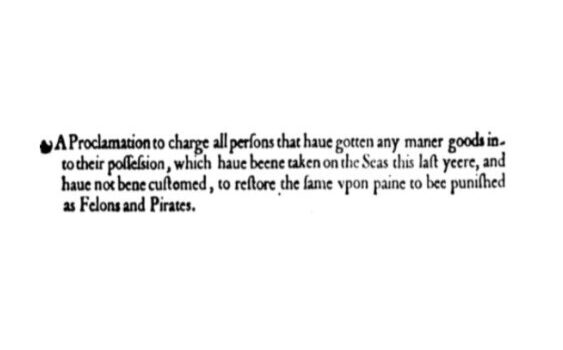


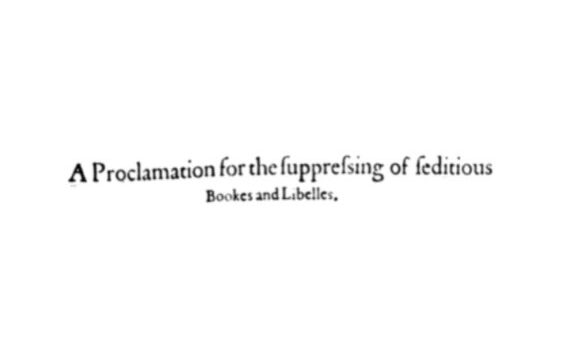
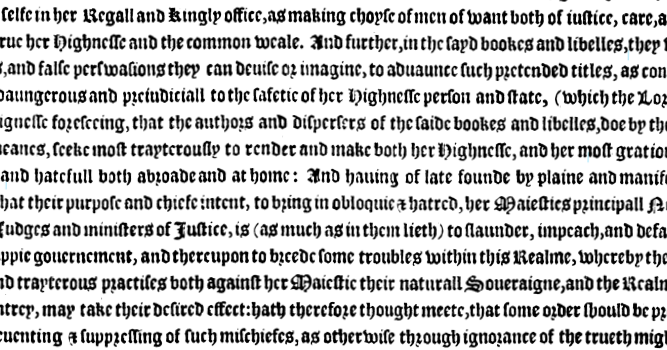
DRAFT – TAPAS links coming soon! In 16th century England, proclamations were circulated to make the public aware of evolving laws and rules surrounding everything from trade, laws about what one could wear (sumptuary laws), plague edicts, religious practices, as
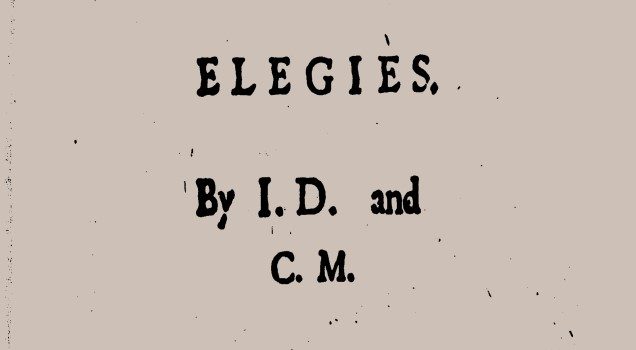
Following are TEI encoded, original spelling, semi-diplomatic mini-editions of Christopher Marlowe’s translation of Ovid’s first five elegies: Elegy 1, Elegy 2, Elegy 3, Elegy 4, Elegy 5. This is a work in progress begun by Caroline Hawkes (Framingham State University
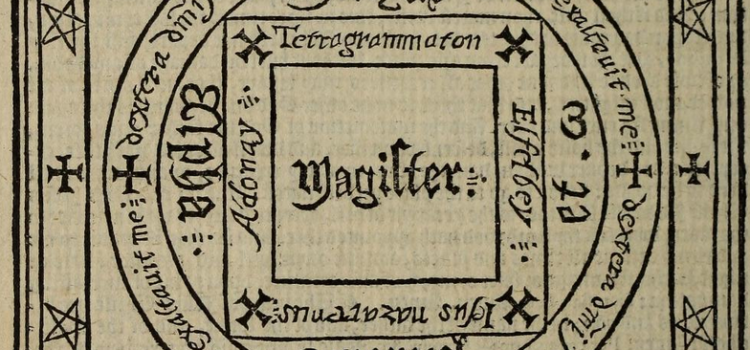
The Diſcouerie of Witchcraft was widely read in the late 16th and early 17th century. In The Reception of Reginald Scot’s Discovery of Witchcraft: Witchcraft, Magic, and Radical Religion, S.F. Davies explains that “almost every English author who subsequently wrote
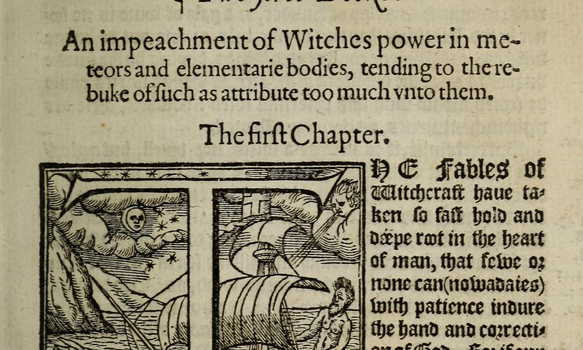
In Reginald Scot’s The Discovery of Witchcraft, Book I.1 discusses witches’ control over meteors and elemental bodies (pp. 1-3). Book I.2 discusses the growing belief of men and some church men that witches are omnipotent (pp. 4-6). Book I.3 discusses
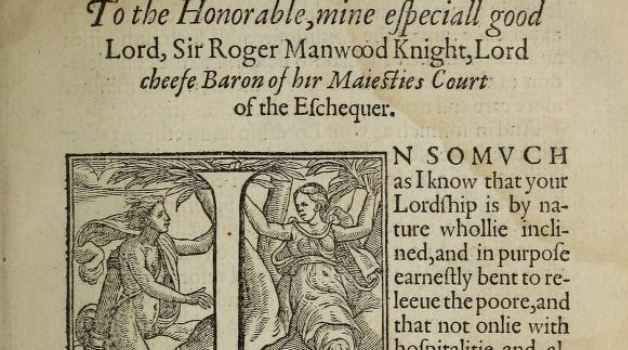
Reginald Scot’s The Discovery of Witchcraft, includes four dedicatory epistles. The first epistle gives thanks to Sir Roger Manwood, a Lord Chief Baron of her majesty’s court (pp. A.ij.r). The second epistle thanks Sir Thomas Scot and it is signed
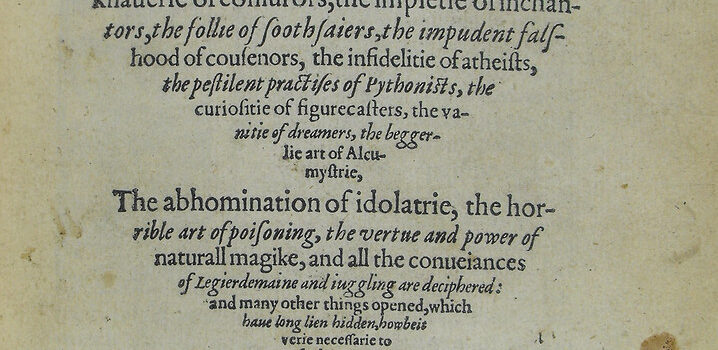
Click on the tiles below to find excerpts from Reginald Scot’s 1584 The Discouerie of Witchcraft featuring an epistle dedicated to Sir Roger Manwood. Discouerie is a skeptical treatise about the existence of witchcraft. Scot shows himself to be knowledgeable
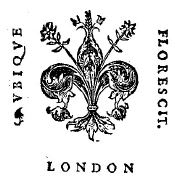
Henry Chillester. Youthes Witte, or, The vvitte of grene youth choose gentlemen, and mez-dames which of them shall best lyke you compiled and gathered together, London, John Wolfe, 1581, STC 5137.5. Transcribed from facsimile edition in EEBO; original in British
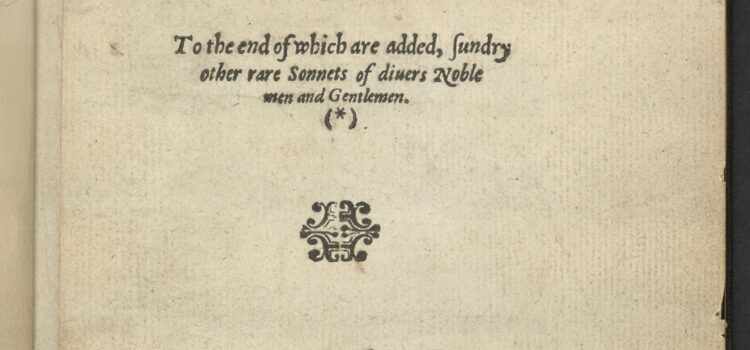
KMP Project Assistant Andrew Jeromski (Framingham ’19; G ’21) has transcribed, edited, and encoded the two prefatory epistles to Thomas Newman’s 1591 edition of Sir Phillip Sidney’s Astrophel & Stella using Text Encoding Initiative (TEI) guidelines. This transcription was prepared
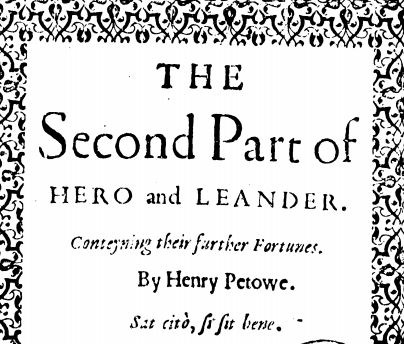
Fall 2018 Kit Marlowe Project Intern Rowan Pereira (Stonehill College ’19) transcribed, edited, and encoded Henry Petowe’s continuation of Marlowe’s poem “Hero and Leander” printed by Thomas Purfoot for Andrew Harris in 1598 (STC 19807) using the Early English Books
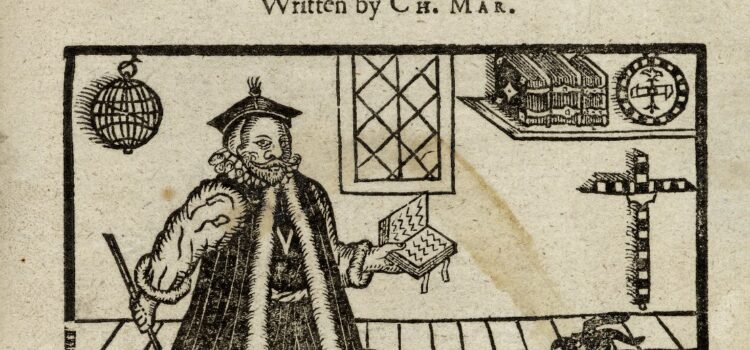
There is only one extant copy remaining of following anonymously written verse adaptation of Marlowe’s Doctor Faustus in the British Library. This text was reprinted by an anonymous publisher in 1696 from a 1664 edition also featured in this Mini-Archive. Students in

There is only one extant copy remaining of following anonymously written The history of Doctor John Faustus compiled in verse, very pleasant and Delightful in the British Library. This text appears to have been at least somewhat popular as it was

This selection from Palladis Tamia, or Wit’s Treasury, features Francis Meres’s catalog of England’s then-contemporary top poets and satirists including William Shakespeare, Sir Philip Sidney, Edmund Spenser, Thomas Watson, Thomas Nashe, and more. Students in the Fall 2017 section of “A Rogue’s Progress” worked from the

Here one will find all of John Davies’ epigrams prefacing the c. 1599 edition of Marlowe’s translation of Ovid’s Elegies. This Marlowe-adjacent text is interesting for many reasons, in part because it fell under the 1599 Bishop’s Ban. Students in the Fall